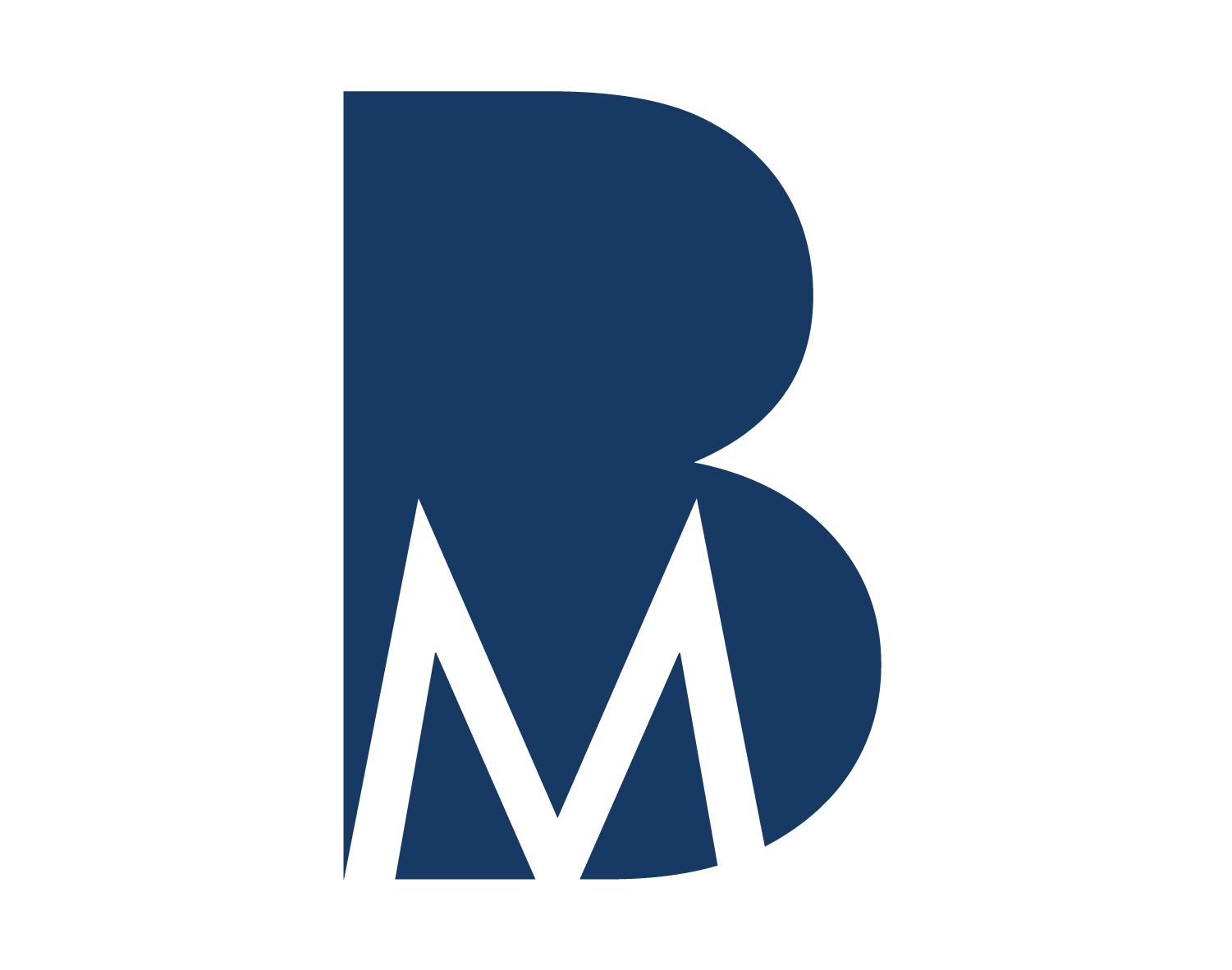Brief: Compose a conceptual and visual strategy for a graphic identity representing a business or organization. Create a series of marks including a symbol, logotype and combination mark; extend the strongest variation across physical and digital platforms. Establish a system for the use and application of the identity and document in a brand book.
Overview: This project was completed over a four week period, most of which was spent developing the brand and pushing the identity. To fulfill the brief on the project, I created a comprehensive brand identity that included a word mark, flyer, website mockup, and tournament merchandise. Also included in the brand identity were a selection of colors, fonts, and graphics that could be used when creating other content for the brand.
Problem: Many pickleball tournaments in the northwest and across the United States, lack a clear design scheme. Their logos often seem like nothing more than clipart made with colors picked on a whim. Another part of the problem discovered during initial research, was that 66.1% of pickleball players are in the 60+ age group. Part of the goal of the brand was to increase the popularity of the sport in the 39 and under age group which currently only has 6.4% of all players. The Pacific Northwest Pickleball Classic needed an identity that was not only unified across various platforms, but was also attractive enough to broaden the scope of the younger user group.
Solution: To combat the cacophony of design in the current pickleball market, we set out to create an attractive design scheme that showed off the Pacific Northwest and kept the sport rooted to its home on Bainbridge Island. It was important to us to attract a younger audience to the senior dominated sport, but also not to alienate the core players, many of whom are in that 60+ age group. As a part of this strategy, we chose to include social events in the tournament for the first time ever. We figured things like live music and a beer garden would aid us in our quest to attract that younger audience, but would still be things that could be enjoyed by the older audience just the same. When designing the logo and other parts of the brand, it was important for me to ride that fine line of making the design attractive, but subdued. This approach I hoped would help me retain my current user base, while also helping grow the sport in the younger demographics.
Process: What I enjoyed most about this project, was the amount of time that was spent getting to the final brand identity. With other projects, specifically those dealing with branding, I often feel rushed by the deadline and like I do not get to spend enough time on the things I would like to. With a full four weeks spent on this project, I felt by the end, I fully understood the brand from top to bottom and I was able to feel confident that the identity I had created fully represented the tournaments goals.
When designing the visuals for this brand I started with the logo. I spent a lot of time searching for fonts that would fit the bill of being attractive and subdued. I ended up going with a combination of a script font and a slab serif. I hoped the script font would make the logo attractive and the slab serif would help keep things grounded. Once I had my logo finalized with colors attached to it, I used that process to help steer the branding on the rest of the project. Everything from the layout of the website to the design of the tournament merchandise I tackled with the same approach that I did the logo.
Development: For the final product on this project we had to produce a brand book that encapsulated our identity. I had my final version printed on card stock with a wire-o binding. Unfortunately, since this was just a school project we were not able to implement the rebrand and thus were unable to see if the new design direction helped us reach the goals of the brand. However, I do think this project was a vital first step into the world of branding.
Challenges: Coming into this project, I had little to no experience with branding. This meant I was slightly unprepared for the amount of work needed to produce a full identity. There was a lot of time spent on the initial research and ideation of the visual identity which is not what I expected. Looking back though, I am glad that I was able to spend that much time on it. Everyday we came in to class and worked on pushing the brand farther and farther until we reached the final form. This really helped me fully understand my brand and the direction I wanted to take it in.
Reflection: Looking back on this project, I now realize how important of an experience it was for me. I learned how much I enjoy the branding side of graphic design, and how important branding is for a company. Without a comprehensive brand strategy, a company cannot hope to be competitive with others in its field.
